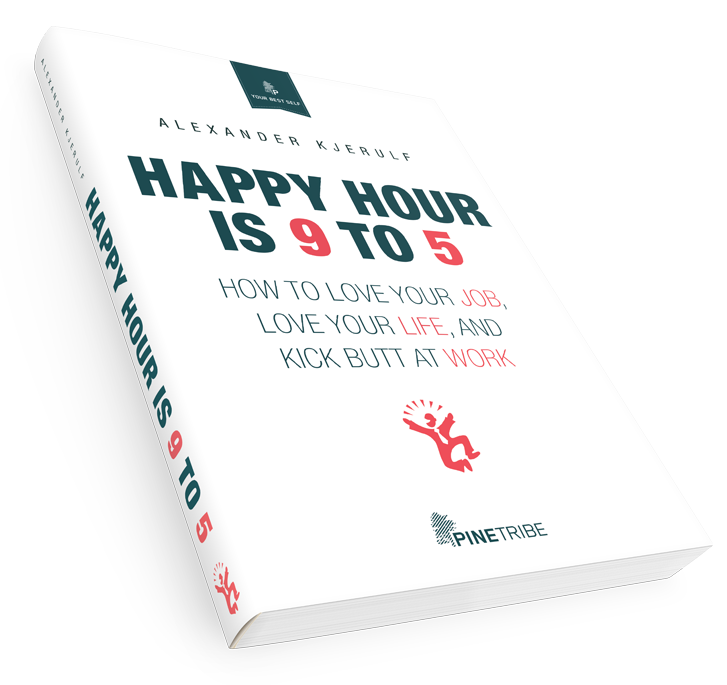Most schools are machines for breaking children. Most of what goes on in regular schools is completely contrary to the way kids work, and the only way to get kids to comply is to break them.
Children were never meant to:
- Sit still
- Focus on only one subject at a time
- Spend most of the day not playing
- Be quiet
- Follow a learning plan
Keith Johnstone (the legendary master of improv theatre) said once that when he needed to come up with new, fun improv tools he just thought about what we do in schools and created exercises where people do the exact opposite.
So what does a cool school look like? A new-skool school, if you will. Here’s an excellent video from the Fairhaven School in Maryland where the students explain how it works and what it’s like (via boingboing).
Students and teachers run the school democratically. There are no classes and students choose themselves what they want to do every day. It is based on the first school to adapt this model, the Sudbury Valley school.
So how do students ever learn anything, if there are no classes? Well, when they’re ready to learn they must seek out a teacher themselves. Here’s Daniel Greenberg’s tale of one of the first times this happened.
Sitting before me were a dozen boys and girls, aged nine to twelve. A week earlier, they had asked me to teach them arithmetic. They wanted to learn to add, subtract, multiply, divide, and all the rest.
“You don’t really want to do this,” I said, when they first approached me.
“We do, we are sure we do,” was their answer.
“You don’t really,” I persisted. “Your neighborhood friends, your parents, your relatives probably want you to, but you yourselves would much rather be playing or doing something else.”
“We know what we want, and we want to learn arithmetic. Teach us, and we’ll prove it. We’ll do all the homework, and work as hard as we can.”
I had to yield then, skeptically.
According to conventional wisdom no child will ever learn arithmetic voluntarily. If we left it to the students themselves, they’d play all day and never learn anything. Apparently conventional wisdom is wrong, Who knew?
Class began — on time. That was part of the deal. “You say you are serious?” I had asked, challenging them; “then I expect to see you in the room on time — 11:00AM sharp, every Tuesday and Thursday. If you are five minutes late, no class. If you blow two classes — no more teaching.” “It’s a deal,” they had said, with a glint of pleasure in their eyes.
The result:
I knew that arithmetic took six years to teach in regular schools, and I was sure their interest would flag after a few months. But I had no choice. They had pressed hard, and I was cornered.
…
They were high, all of them. Sailing along, mastering all the techniques and algorithms, they could feel the material entering their bones. Hundreds and hundreds of exercises, class quizzes, oral tests, pounded the material into their heads.
Still they continued to come, all of them. They helped each other when they had to, to keep the class moving. The twelve year olds and the nine year olds, the lions and the lambs, sat peacefully together in harmonious cooperation — no teasing, no shame.
Division — long division. Fractions. Decimals. Percentages. Square roots.
They came at 11:00 sharp, stayed half an hour, and left with homework. They came back next time with all the homework done. All of them.
In twenty weeks, after twenty contact hours, they had covered it all. Six years’ worth. Every one of them knew the material cold.
How could this happen? Daniel asked a friend who was a math specialist.
“Because everyone knows,” he answered, “that the subject matter itself isn’t that hard. What’s hard, virtually impossible, is beating it into the heads of youngsters who hate every step. The only way we have a ghost of a chance is to hammer away at the stuff bit by bit every day for years. Even then it does not work. Most of the sixth graders are mathematical illiterates. Give me a kid who wants to learn the stuff — well, twenty hours or so makes sense.”
I guess it does. It’s never taken much more than that ever since.
Amazing, huh? This is the school of the future, this is the way to teach children, to allow them to grow up into happy, self-confident, democratically minded adults.



Leave a Reply